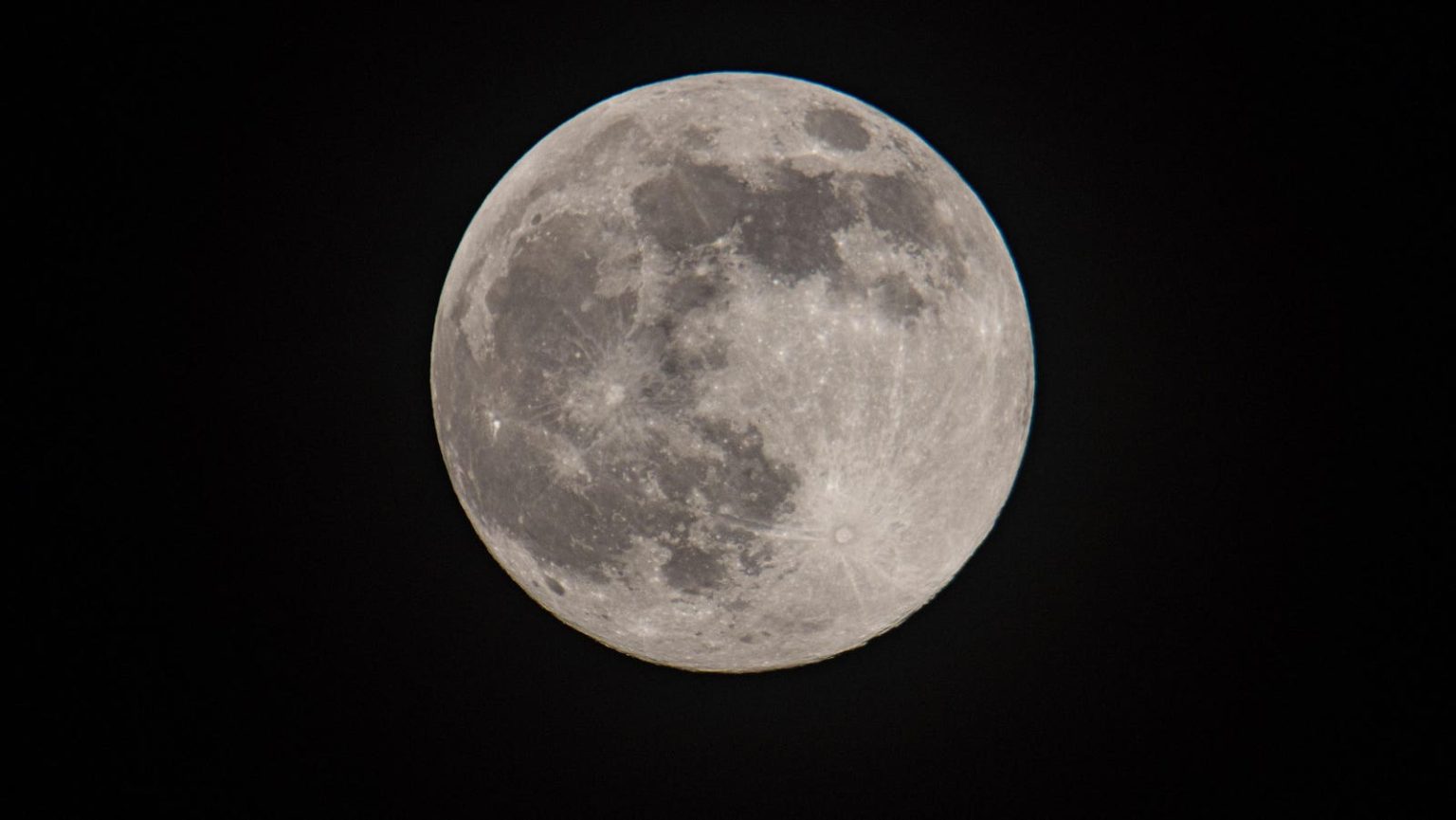April’s Pink Moon, the second full moon of spring, is set to rise on Tuesday and will be visible until Thursday. Alongside the Pink Moon, other celestial bodies like Mars, Saturn, and Mercury will also be visible for those who are able to see it. The Pink Moon is expected to be at its fullest at around 7:49 p.m. EDT on Tuesday, according to the U.S. Naval Observatory. The best time to view the full moon will be in an open area just before moonrise, with the Old Farmer’s Almanac offering a moonrise calculator to help determine the optimal viewing time.
Despite its name, the Pink Moon is not actually pink. It gets its name from the pink creeping phlox flowers that bloom in North America during spring. This full moon, also known as the Passover Moon, marks the first day of the Jewish holiday Passover. Other names for April’s full moon include the Sprouting Grass Moon, the Egg Moon, and the Fish Moon, as noted by NASA. The Moon’s cycle lasts for 29.5 days, resulting in a full moon every month. The Pink Moon is the fourth full moon of the year and the second full moon of spring.
An interesting fact about the Pink Moon is its link to the Paschal Moon, also known as the Easter Moon. The Paschal Moon falls on the first full moon after the spring equinox, determining the date of Easter. Easter always falls on the Sunday after the Paschal Moon, which occurred on March 24 this year. Sometimes April’s full moon earns the title of the Paschal Moon, with next year’s Paschal Moon set to fall on April 12 at 8:22 p.m. EDT.
In addition to the Pink Moon, other celestial events will also be visible in the sky this week. Mars and Saturn will be visible above the eastern horizon, and Mercury will rise close to the sun, making it faint to the naked eye. Jupiter will be visible above the west to northwest horizon on Tuesday evening at around 8:56 p.m. EDT. The moon goes through eight phases during its cycle, including the new moon, waxing crescent, first quarter, waxing gibbous, full moon, waning gibbous, third quarter, and waning crescent.
Overall, the Pink Moon’s appearance offers an opportunity for sky watchers to enjoy the beauty of the night sky and witness the celestial wonders that grace the heavens. Whether viewing the Pink Moon, Mars, Saturn, or Jupiter, this week provides a chance to connect with the universe and appreciate the natural rhythms that govern the cosmos. So, be sure to step outside and gaze up at the night sky to catch a glimpse of the Pink Moon and other celestial bodies lighting up the darkness.


